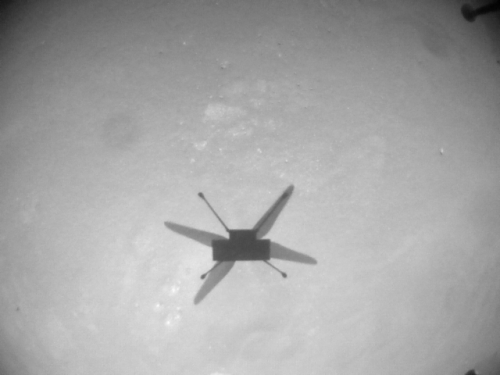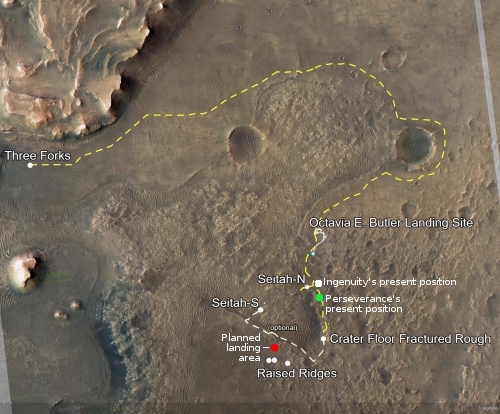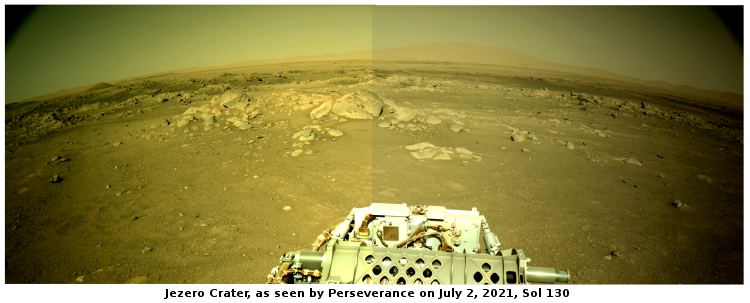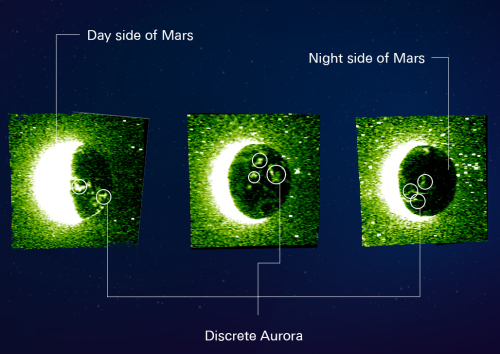Northrop Grumman wins contract to build Lunar Gateway’s habitable module
Capitalism in space: NASA yesterday announced that it has awarded Northrop Grumman the construction contract for building HALO, (Habitation and Logistics Outpost), the module where astronauts will live and work on its Lunar Gateway space station.
Combined with earlier development contracts this contract, worth $935 million, brings the total fixed-price cost to about $1.1 billion.
[HALO], one of the first for the Gateway, will serve as a habitat for visiting astronauts and a command post for the lunar orbiting facility. It will have docking ports for Orion spacecraft, cargo vehicles like SpaceX’s Dragon XL and lunar landers, as well as for later modules to be added by international partners. HALO is based on the Cygnus spacecraft that Northrop Grumman uses to transport cargo to the International Space Station, but extensively modified with docking ports, enhanced life support and other new subsystems.
This module is not expected to launch before 2024. Moreover, it is supposed to work in conjunction with what NASA calls its Artemis 3 mission, the third launch of SLS and the first to dock with Gateway. SLS however is so far only funded through its first two flights, and has a schedule that is presently highly uncertain.
There is great irony here. HALO, based on the Cygnus cargo freighter, will be about that size. If the present schedule for SpaceX’s Starship continues as expected, it will be flying to the Moon at about the same time, and will have a cargo bay big enough to store several Cygnus freighters inside. And though no work has yet been done to make that cargo bay habitable, Starship’s cost per launch, about $2 million, is so far below the $1.1 billion cost for HALO that it will certainly cost much less than HALO to make it a habitable station. And it will be gigantic in comparison.
Capitalism in space: NASA yesterday announced that it has awarded Northrop Grumman the construction contract for building HALO, (Habitation and Logistics Outpost), the module where astronauts will live and work on its Lunar Gateway space station.
Combined with earlier development contracts this contract, worth $935 million, brings the total fixed-price cost to about $1.1 billion.
[HALO], one of the first for the Gateway, will serve as a habitat for visiting astronauts and a command post for the lunar orbiting facility. It will have docking ports for Orion spacecraft, cargo vehicles like SpaceX’s Dragon XL and lunar landers, as well as for later modules to be added by international partners. HALO is based on the Cygnus spacecraft that Northrop Grumman uses to transport cargo to the International Space Station, but extensively modified with docking ports, enhanced life support and other new subsystems.
This module is not expected to launch before 2024. Moreover, it is supposed to work in conjunction with what NASA calls its Artemis 3 mission, the third launch of SLS and the first to dock with Gateway. SLS however is so far only funded through its first two flights, and has a schedule that is presently highly uncertain.
There is great irony here. HALO, based on the Cygnus cargo freighter, will be about that size. If the present schedule for SpaceX’s Starship continues as expected, it will be flying to the Moon at about the same time, and will have a cargo bay big enough to store several Cygnus freighters inside. And though no work has yet been done to make that cargo bay habitable, Starship’s cost per launch, about $2 million, is so far below the $1.1 billion cost for HALO that it will certainly cost much less than HALO to make it a habitable station. And it will be gigantic in comparison.













